|
Freshwater VS. Seawater
There are two different types of cultured pearl: saltwater and freshwater. The main difference being; one is cultured in freshwater and one is cultured in sea or saltwater. The process for farming can vary a little, but the main difference is the mollusc itself. Freshwater pearls are cultured in mussels. Whereas, saltwater pearls are cultured in a variety of oysters. Freshwater mussels can often produce a number of pearls at a time: up to 40 in one shell. But, saltwater oysters can often only produce one pearl at a time. Where? Freshwater pearls are cultured in a number of places in the world, but the vast majority come out of China. There are then three different types of saltwater cultured pearls. Akoya, South Sea and Tahitian. Akoya pearl farming began and continues in Japan, but there is also large production in China and Vietnam. South Sea pearl farms can be found for the most part in Australia, Indonesia and the Philippines. Tahitian pearl farms can mostly be found in the islands of French Polynesia and the Cook Islands.
0 Comments
Garnet sometimes goes unmentioned, but it is a glorious gemstone! The name originates from the Latin word ‘granatus’, meaning pomegranate. This is why the stone is commonly associated with a range of red hues, however, garnets come in a kaleidoscope of natural colours! This is because they are actually a group of minerals, meaning the appearance varies widely. All of the different garnets share a common crystal structure but vary in their chemical composition. Altogether there are at least 17 different varieties of garnet. Here are a few:
Garnet Facts:
Have you ever seen what appears to be a star on a gemstone? What you’ve experienced is an amazing natural phenomenon called asterism, which occurs on certain types of gemstones. The fascinating star effect is caused by reflections from tiny, needle-like inclusions that are oriented in several specific directions. These inclusions are termed “silk”. Stars are usually made up of 2, 3, or 6 intersecting bands, resulting in 4, 6, or 12 rays. The most common stars have 6 rays, and 12-rayed stars are quite rare. Star sapphires & rubies must be cut as a cabochon (polished, not faceted) to display asterism. The value of a star gemstone depends on the clarity of the star. The best and most expensive star corundum is semi-transparent, with just enough silk to create a well-defined, central star.
We have a particularly mesmerising star ruby in our shop window currently, set in a beautiful handmade 18ct yellow gold ring. Pop by to see it! If you are celebrating your birthday this month, you will most likely know that citrine is one of November’s birthstones. But how much do you really know about the gem that is known for its calming qualities? French for “lemon", citrine is a gem that gets its colour from iron present in the quartz. Its tawny colour can often be confused with topaz, November's other birthstone. Ranging from light yellow to deep orange, citrine is said to be a gift from the sun and is believed to be a healing gemstone. With a ranking of 7 out of 10 on the Mohs scale, it is a durable stone but can be sensitive to heat, so be cautious when it is exposed to prolonged sunlight or heat. Like a lot of gemstones, citrine is often heat treated to enhance the colour. Yellow citrine is actually a very rare find in nature.
The gemstone, commonly sourced in Bolivia, Spain, Madagascar, Mexico and Uruguay, is not as rare as other stones, meaning there are many options if you choose this birthstone for your jewellery. We all know the answer is diamond but did you know there is a whole scale dedicated to the rest? Known as the Mohs Scale, it ranks minerals by their ability to scratch each other; #1 being the softest mineral and #10 the hardest. It is an important factor to consider when choosing your jewellery as it can determine what designs suit a particular stone, how to look after them and prevent them from being damaged. The test compares the resistance of a mineral as it is scratched by ten different minerals, hence the name Mohs Hardness Scale. It is a relative scale, not proportionate, meaning that a mineral with a hardness of #10 will not be twice as hard as a 5.
German mineralogist Friedrich Mohs, who developed the scale in 1812, selected ten minerals of distinctly different hardness that range from soft mineral (talc) to a very hard mineral (diamond). Amber: 2-2.5 Mother of Pearl: 2.5-4.5 Opal: 5.5-6.5 Moonstone: 6-6.5 Emerald: 7.5-8 Quartz: 8 Ruby and Sapphire: 9 Diamond: 10 Remember to take this scale into account when picking your next gemstone and by all means ask your jeweller if you are ever unsure. If you were born in the chilly month of November, you are lucky enough to have two birthstones - Citrine & Topaz. They can look similar and have in fact been mistaken for one another throughout history. They are however, unrelated minerals and this post is going to help you to get to know the beautiful Topaz! Topaz is found in several locations across the world, including Brazil, Russia, Pakistan, Sri Lanka and Australia. It measures at 8 on the Mohs scale, meaning it is a relatively durable & wearable gemstone. Although people often think of topaz as being blue, it in fact comes in a wonderful range of colours including yellow, brown, orange, green, red, pink and purple. Colourless topaz is also common and is sometimes used as a low-cost alternative to diamond, or treated in order to create the widely found sky-blue topaz. Topaz is pleochroic, which means it can show different colours in different crystal directions. Topaz is also allochromatic, meaning the colour is caused by impurities or defects in the crystal structure, rather than its basic chemical composition. For example, trace amounts of the element chromium cause natural pink, red and purple colouration and imperfections in the crystal formation create yellows, browns and blues. If both chromium and defective crystal structure are present, the topaz will be orange. You may come across “Imperial” topaz. This term refers to medium reddish orange to orange-red topaz and is especially valuable. This name originated in 19th Century Russia, when the Ural Mountains were the main source of topaz. The pink topaz being mined there at the time was named in honour of the Russian Tsar and ownership of the gem was restricted to the royal family only! These Russian mines are now largely depleted and Brazil produces the majority of the world’s high-quality topaz today. As with most precious metals, silver tarnishes. Tarnishing is less likely to happen when the jewellery is worn regularly, but if tarnishing occurs simply polish with a soft polishing cloth. You can also clean silver with mild soap and water. If severely tarnished, we can professionally clean items for you.
Silver is relatively soft, so store items separately to avoid scratching. Products such as lotions, cosmetics, hair products and perfume accelerate tarnishing, so remove silver jewellery when applying. Also, avoid contact with household chemicals and chlorinated water as these cause corrosion and tarnishing. If you accidentally expose the jewellery to such chemicals then we can advice on what to do, just drop by our shop or call us on 01580 763357. This stunning fresh water pearl necklace was designed and made with the customer involved at every stage. This included choosing the beautiful row of pearls, the perfect pearl drop and designing the 9ct yellow gold caps, hooks and bow. This particular row was chosen for their lustre and lovely variegated natural pinks.
The aim of the design was to produce a flexible and interchangeable piece. The drop pearl pendant can be removed and swapped with other custom-made pendants and the row of graduated pearls can also be worn alone. The bow & drop could be worn on a chain or another string of pearls, perhaps of a different length or colour. This versatility allows the happy owner to wear the necklace with numerous outfits and for every occasion. However you choose to wear it, it is a beautifully unique necklace! 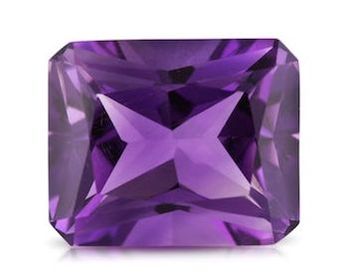 Amethyst is part of the quartz family and is known for its striking purple colour. The colour can range from light lilac to a deep royal purple. It also often shows colour zoning, which consists of angular zones of dark to light colour. The most desirable grade is deep purple, with no colour zoning. Due to it’s colour the ancient Greeks associated amethyst with Bacchus, the god of wine. It was thought to keep the wearer clear-headed and prevent intoxication. It is also known to represent health and luck. Amethyst is the birthstone for February and is also a traditional gift to celebrate the 6th wedding anniversary. You can safely clean your amethyst jewellery with warm mild soapy water and a soft cloth or soft brush. As with most jewellery it is advisable to avoid using harsh detergents when wearing amethysts. It should also be stored away from high temperatures and intense light. Pop in store to see our beautiful amethyst pieces, a member of our team will be more than happy to help. |

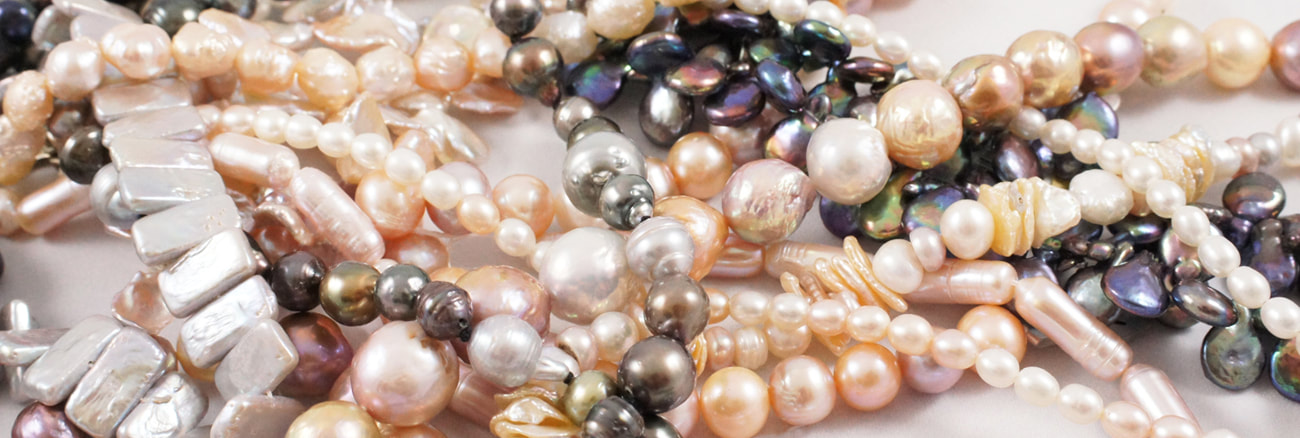
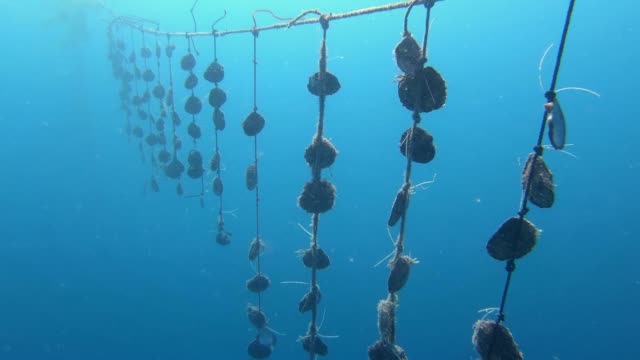

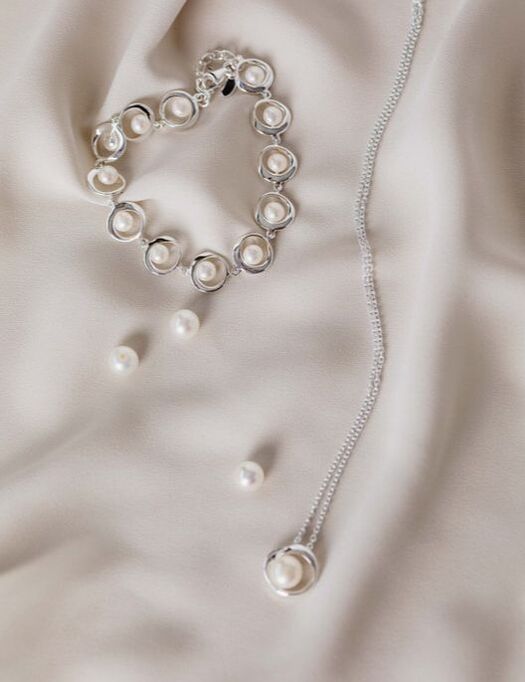
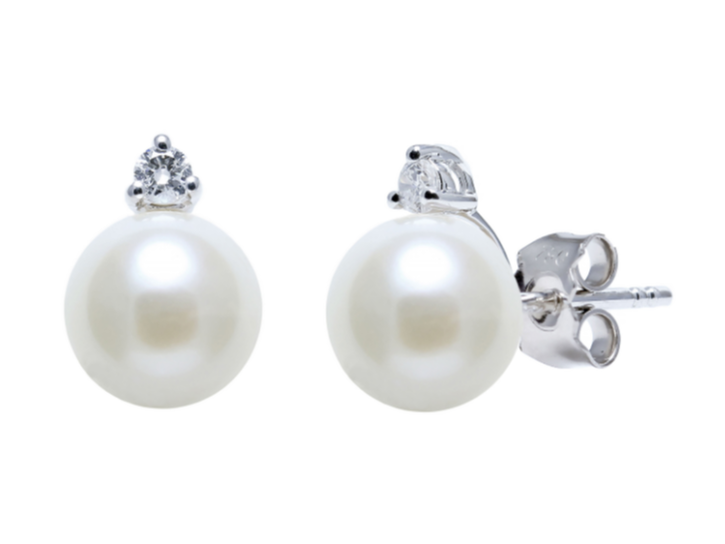
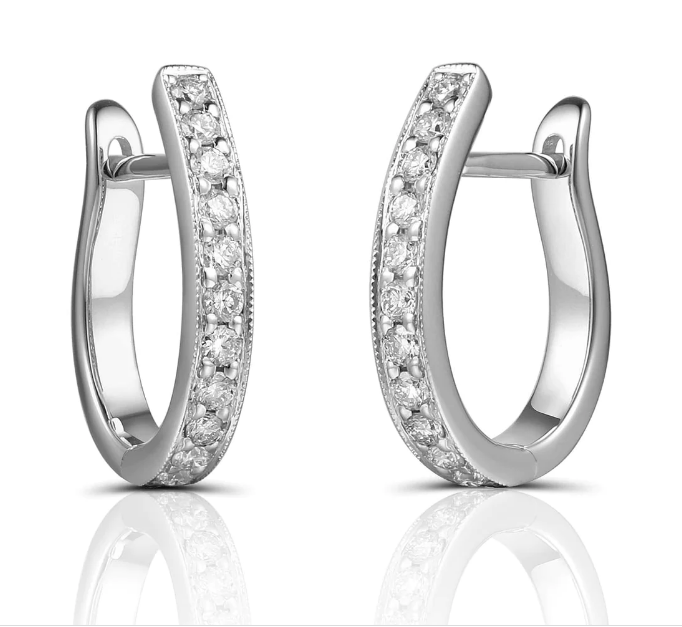
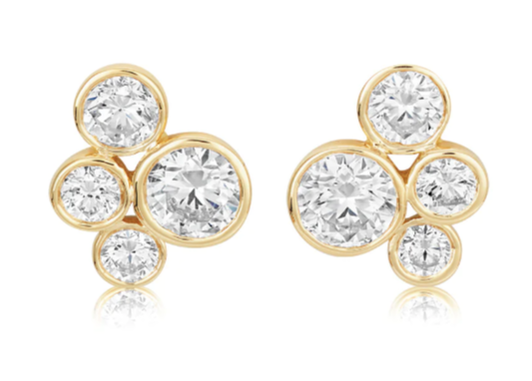
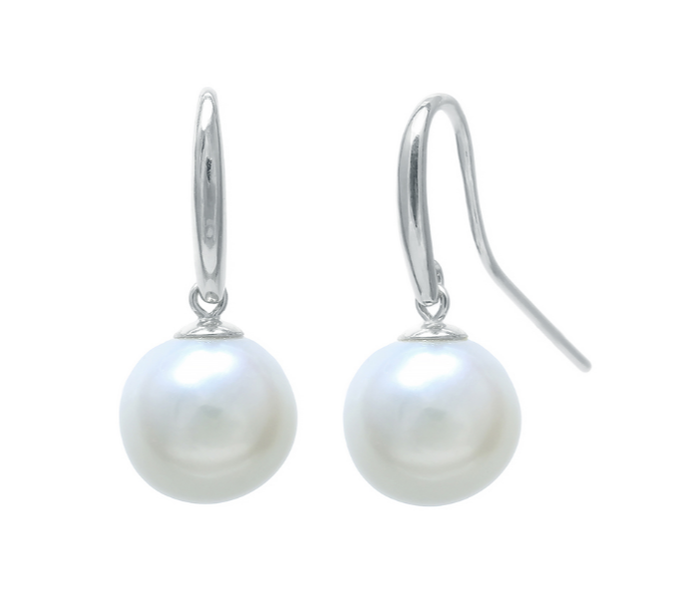
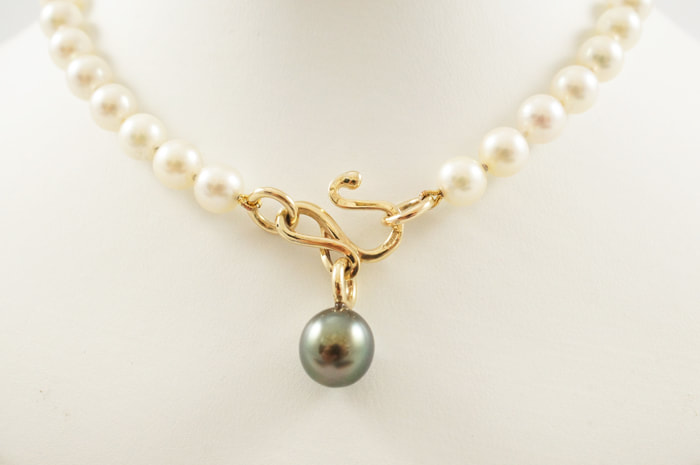

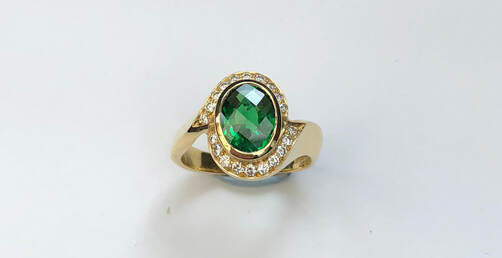
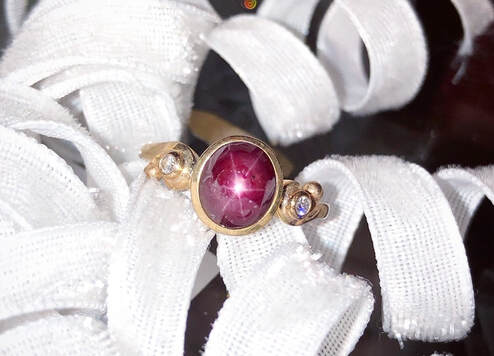
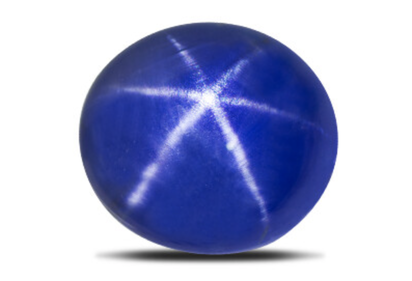
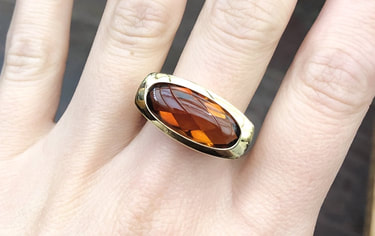
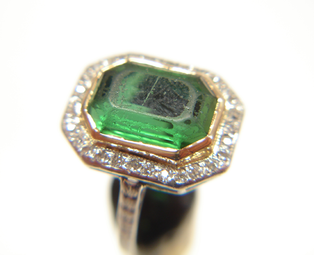
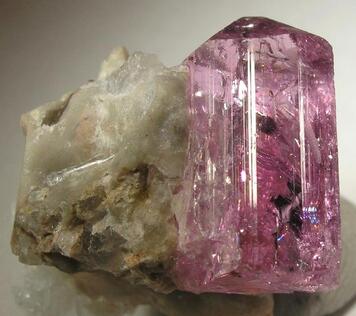
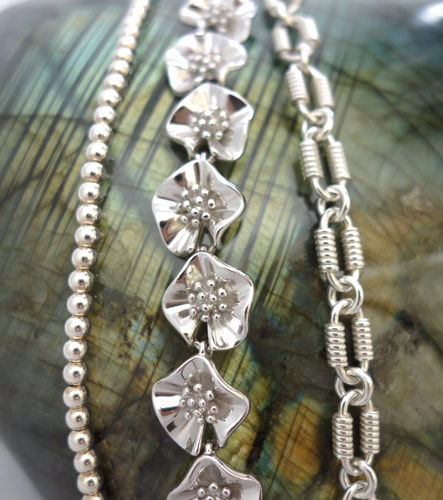
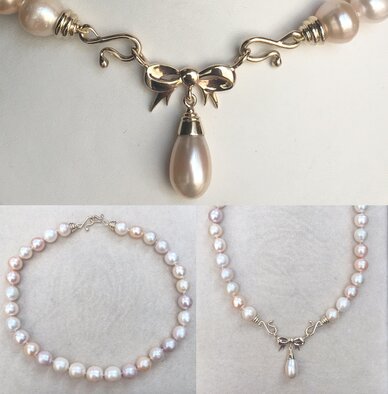
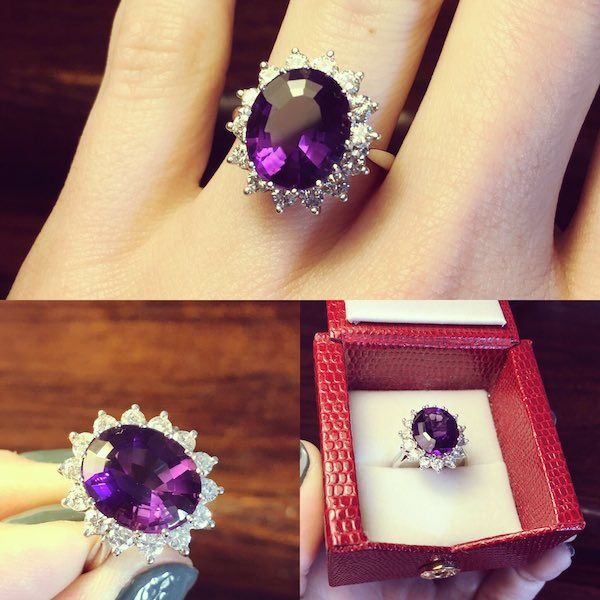
 RSS Feed
RSS Feed